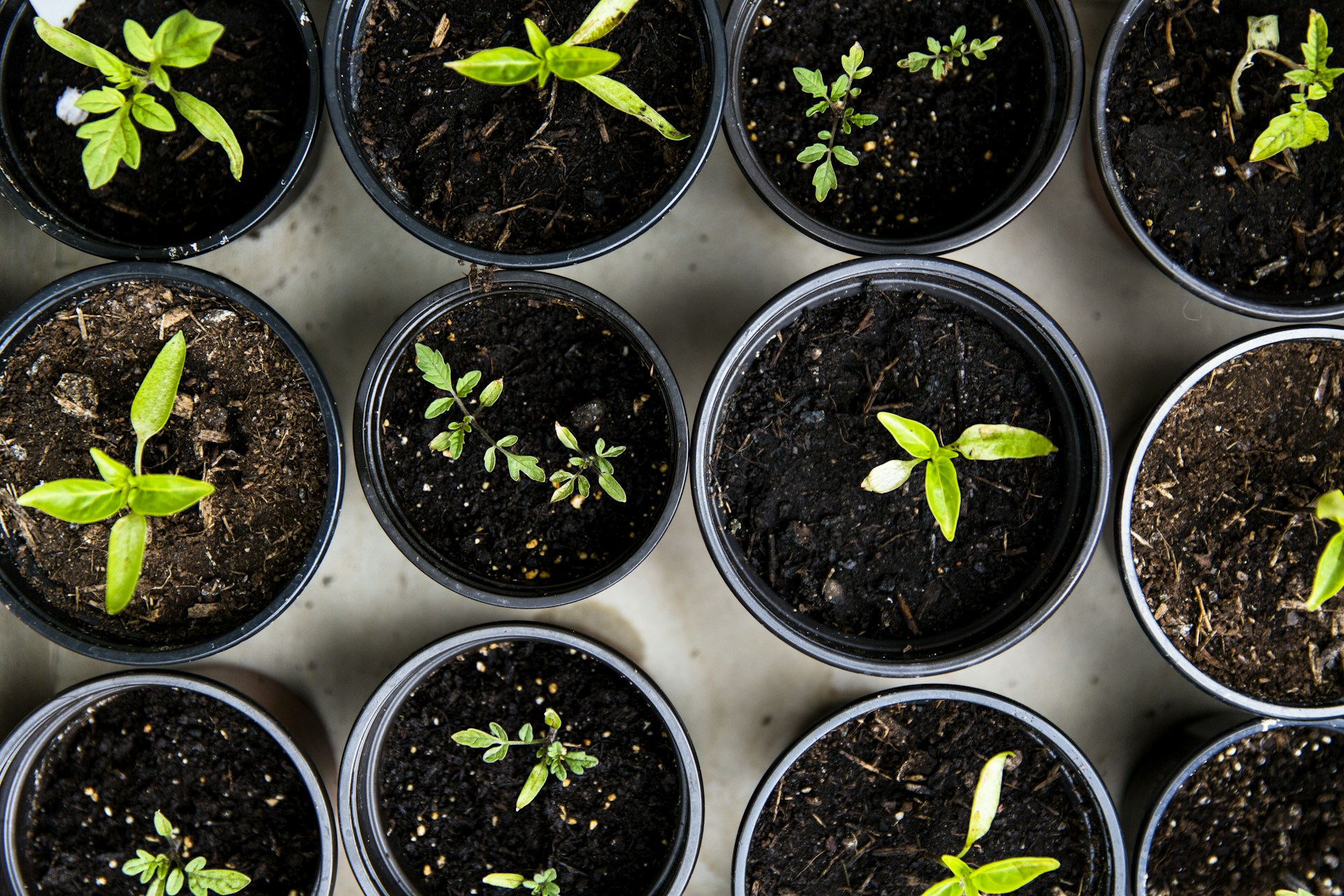
Winterizing Your Garden Naturally: Preparing Soil and Plants for the Cold
Prepare your garden for winter the natural way with eco-friendly cleanup tips, soil health strategies, and gentle protection methods for perennials. This guide walks you through how to winterize your garden sustainably—improving soil structure, supporting local wildlife, and setting your plants up for strong spring growth.
SEASONAL GARDENING
P & P
11/24/20253 min read


Winterizing Your Garden Naturally: Preparing Soil and Plants for the Cold
Amazon Affiliate Disclosure:
As an Amazon Associate, Papaver & Petals may earn a small commission from qualifying purchases, at no extra cost to you.
Winterizing your garden doesn’t have to involve harsh chemicals, excessive cleanup, or waste. In fact, nature-friendly winter prep is one of the best things you can do for your outdoor space. By working with the ecosystem—rather than against it—you support soil health, protect perennial roots, encourage beneficial insects, and set the stage for a vibrant spring revival.
Below is your full guide to preparing your garden sustainably, from composting and mulching to perennial care and wildlife-friendly practices.
Why Winterizing Matters More Than You Think
When temperatures drop, your garden quietly shifts into a new phase of life. Soil microorganisms slow down, perennials pull energy back into their roots, and pollinators seek refuge in leaf litter and hollow stems. Winterizing naturally helps:
Strengthen plants’ cold tolerance
Improve soil fertility and structure
Prevent erosion and nutrient loss
Support beneficial insects and wildlife
Reduce spring workload
Create a healthier, more balanced ecosystem
Think of winterizing as tucking your garden in for the season—warm, protected, and nourished.
1. Start with an Eco-Friendly Garden Cleanup
Leave More Than You Think
Traditional fall cleanup encourages gardeners to “clear everything out,” but nature prefers a softer approach. Instead:
Leave 10–30% of leaves on the ground to act as natural mulch.
Keep hollow stems from spent perennials for overwintering pollinators.
Remove only diseased or pest-damaged plants.
Cut back perennials partially rather than to the ground if they provide winter habitat.
Seed heads (like coneflowers, sunflowers, and black-eyed Susans) feed birds throughout the winter, while leaf litter houses butterflies, ladybugs, lacewings, and solitary bees.
Compost Thoughtfully
Anything you clean up should go into your compost pile unless it carries disease. Add:
dry leaves (carbon)
green garden trimmings (nitrogen)
small twigs
grass clippings
Turn the pile before the first frost and cover it with a breathable tarp or straw. This keeps heat inside and helps beneficial microbes stay active throughout the winter.
2. Improve Soil Health Before the Freeze
Healthy soil is the foundation of a thriving garden. Late fall is the perfect time to nurture it naturally.
Add Organic Matter
Spread a 1–2 inch layer of:
compost
leaf mold
well-rotted manure
This feeds soil organisms all winter long and improves spring structure.
Plant Cover Crops (If the Ground Isn’t Frozen Yet)
Cold-hardy cover crops protect soil from erosion and add nutrients. Great eco-friendly options include:
winter rye
crimson clover
hairy vetch
winter wheat
They prevent compaction, hold nitrogen, and build organic matter.
Mulch to Protect and Insulate
Mulch acts as a warm blanket for your soil and perennial roots. Choose natural materials such as:
shredded leaves
straw
pine needles
untreated wood chips
shredded bark
Apply 3–4 inches, keeping mulch a couple inches away from plant crowns to prevent rot.
3. Protecting Your Perennials the Natural Way
Know Which Perennials Need Extra Help
Most hardy perennials require minimal winter care, but tender varieties benefit from protection.
Give attention to:
lavender
rosemary (depending on your zone)
echinacea
salvia
delphinium
newly planted perennials
Water Before the Ground Freezes
A deep watering in late fall hydrates roots before winter dryness sets in.
Mulch Around the Base
A thick mulch layer:
moderates soil temperature
prevents frost heaving
protects root systems from extreme cold snaps
If you live in a harsh climate, consider reusable frost blankets or burlap wraps for exposed plants.
Cut Back Selectively
Do not cut everything down. Instead:
Cut back:
hostas
peonies
iris
daylilies
Leave standing for winter habitat and beauty:
coneflowers
ornamental grasses
sedum
black-eyed Susan
yarrow
4. Support Overwintering Pollinators and Wildlife
A natural garden is not just a collection of plants—it’s a living ecosystem. Supporting wildlife through winter ensures stronger pollination and pest control in spring.
Wildlife-Friendly Winter Tips
Leave leaf piles around trees and shrubs for shelter.
Consider installing a bee hotel or leaving hollow stems untouched.
Wooden Mason Insect Bee Butterfly House - https://amzn.to/3KkITcs
Provide winter food through seed heads and berries.
Keep a small heated birdbath or water source available.
Avoid using salt-based ice melt near garden beds.
Even small actions make a significant difference for native species.
5. Prepare Containers and Raised Beds
For Containers
Empty and clean pots to prevent cracking.
Move winter-hardy container plants to a sheltered area.
Add a layer of compost and mulch to potted perennials.
For Raised Beds
Add compost or manure now so nutrients break down by spring.
Top with shredded leaves, straw, or cover crops.
Smooth soil surface to prevent water pooling and freeze-thaw damage.
6. Plan Ahead for Spring Growth
Winter is a time to rest—but also to plan.
Use this slow season to:
Reflect on what grew well and what didn’t
Order seeds early
Sketch your garden layout
Plan crop rotations
Consider adding new native species
By preparing now, you’ll step into spring with clarity and confidence.
Final Thoughts
Winterizing your garden naturally is not about perfection—it’s about working with nature to build a thriving ecosystem. With simple, eco-friendly steps, you protect the soil, support wildlife, and give your plants the resilience they need to return strong in spring.
Your winter garden becomes a quiet sanctuary, full of hidden life resting beneath the surface.
